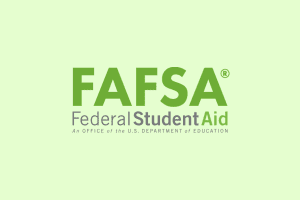The cost of college education has been on a steady rise, and it’s becoming increasingly challenging for students and their families to keep up. The impact is significant, with many students graduating with a mountain of student loan debt. In this article, we will delve into the rising costs of college education, the student loan debt crisis, and explore possible solutions and alternatives to traditional college education.
The Rising Cost of College Education
The cost of college education has skyrocketed over the past few decades. According to College Board, the average cost of tuition and fees for the 2020-2021 academic year was $10,560 for in-state students at public four-year institutions, $27,020 for out-of-state students at public four-year institutions, and $37,650 for private nonprofit four-year institutions. These figures do not include additional costs such as room and board, books, and other miscellaneous expenses. For more on this, see our detailed breakdown on College Expenses Beyond Tuition.
The Student Loan Debt Crisis
The rising costs have led to an increase in student loan debt. As of 2021, the total student loan debt in the United States surpassed $1.7 trillion, affecting over 44 million borrowers. The average student loan debt for the class of 2019 was $28,950, according to The Institute for College Access & Success. The burden of student loan debt can have long-lasting effects on graduates, affecting their ability to purchase a home, start a family, or even save for retirement. Read more about the Long-term Effects of Student Loan Debt on our site.

Possible Solutions and Alternatives
While the situation may seem dire, there are possible solutions and alternatives to traditional college education. Here are some options to consider:
- Community College: Starting at a community college and then transferring to a four-year institution can significantly reduce the overall cost of a college education. Elite Collegiate Planning has a great article on the benefits of community college as a stepping stone. Check out this guide on How to Transfer from Community College to a University.
- Scholarships and Grants: There are numerous scholarships and grants available to help offset the cost of college. Websites like Fastweb and College Board’s Scholarship Search can help you find scholarships that match your profile. For a comprehensive list of scholarships, visit our Scholarship Directory.
- Work-Study Programs: Many colleges and universities offer work-study programs that allow students to work part-time while attending school. Learn more about Maximizing Work-Study Opportunities on our website.
- Online Education: Online education can be a more affordable alternative to traditional college education. Websites like Coursera and edX offer a wide range of courses and degree programs at a fraction of the cost of traditional college education.
In conclusion, while the rising cost of college education and the student loan debt crisis are significant challenges, there are practical solutions and alternatives available. By exploring options such as community college, scholarships, work-study programs, and online education, students can find a path that fits their needs and budget.


